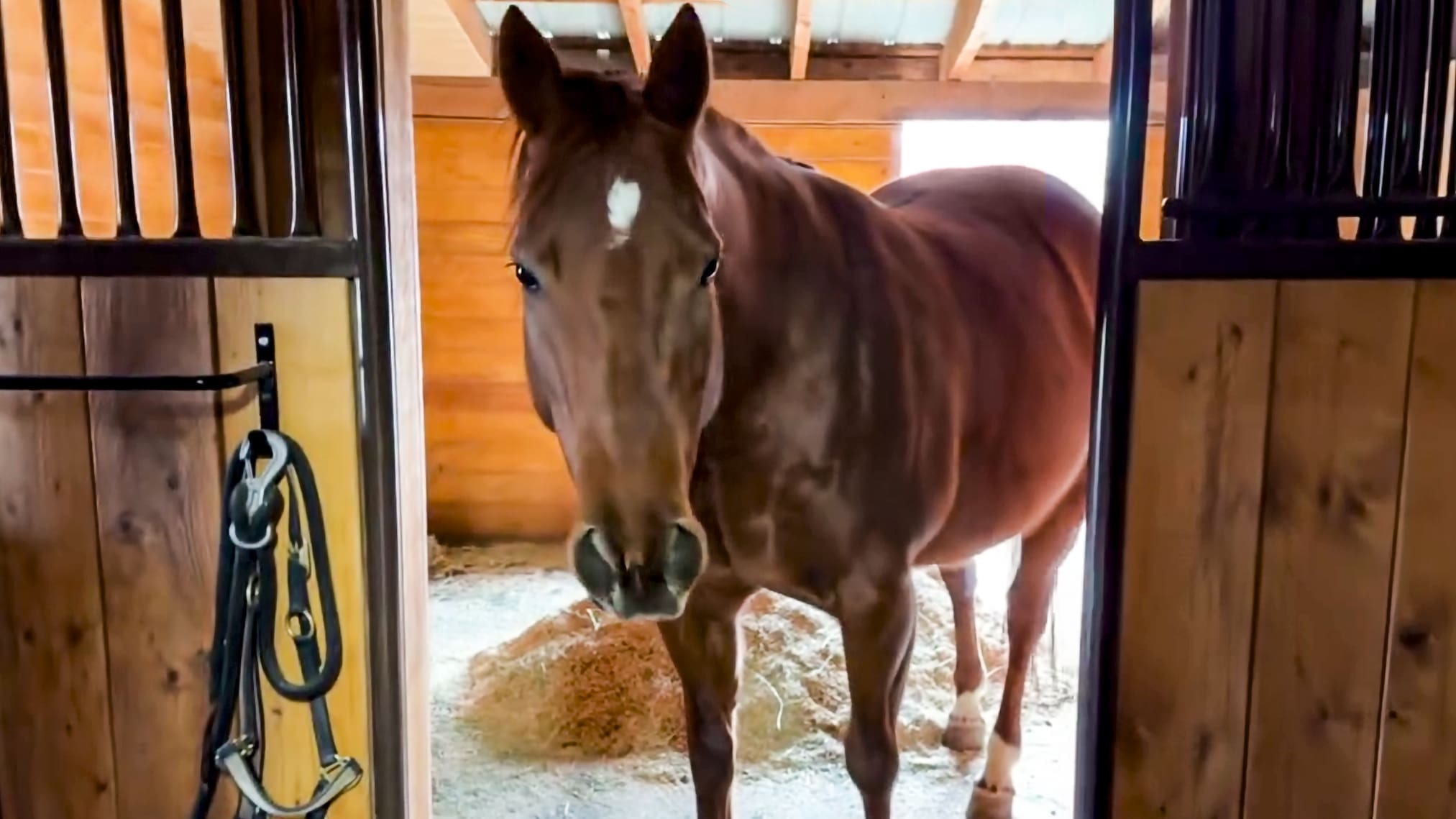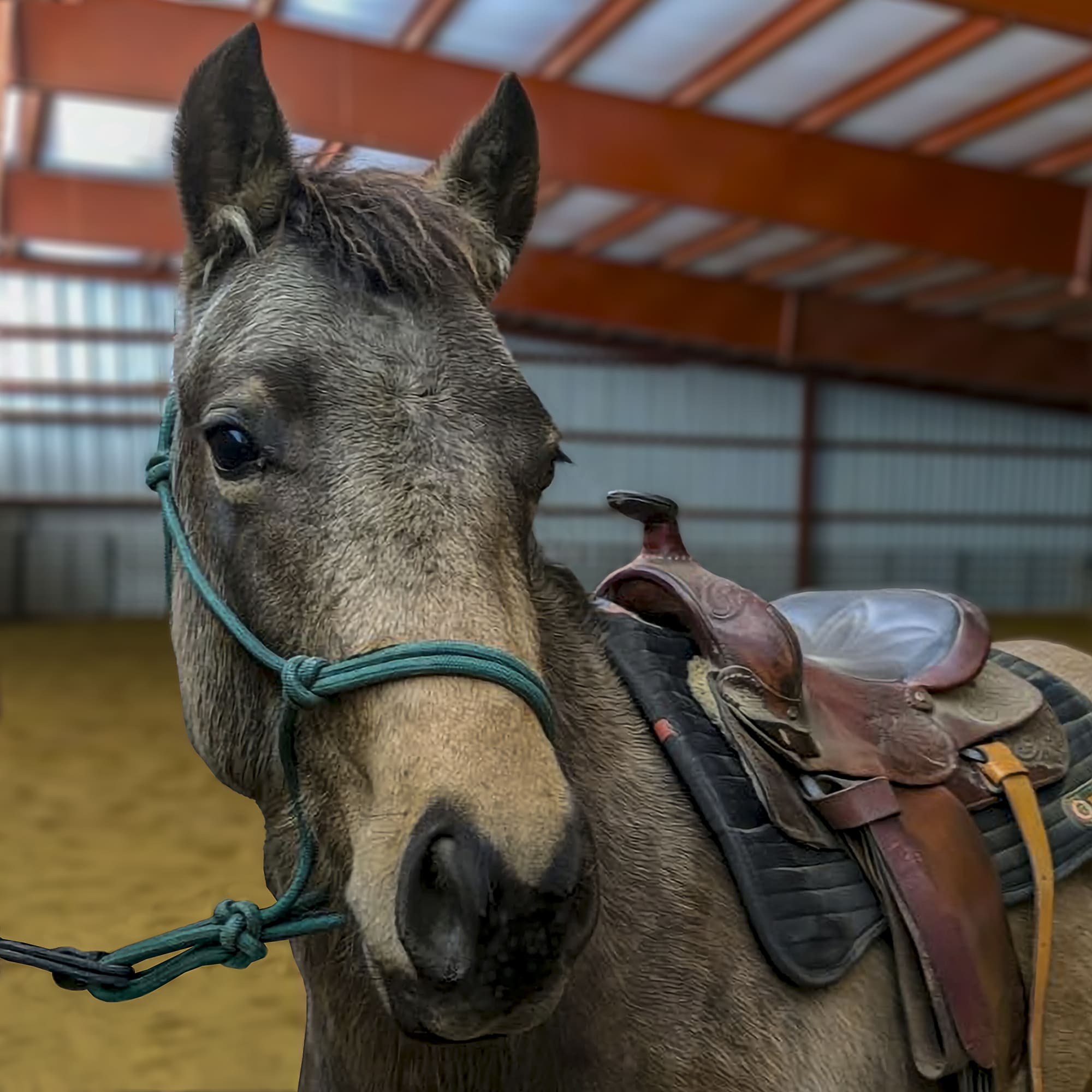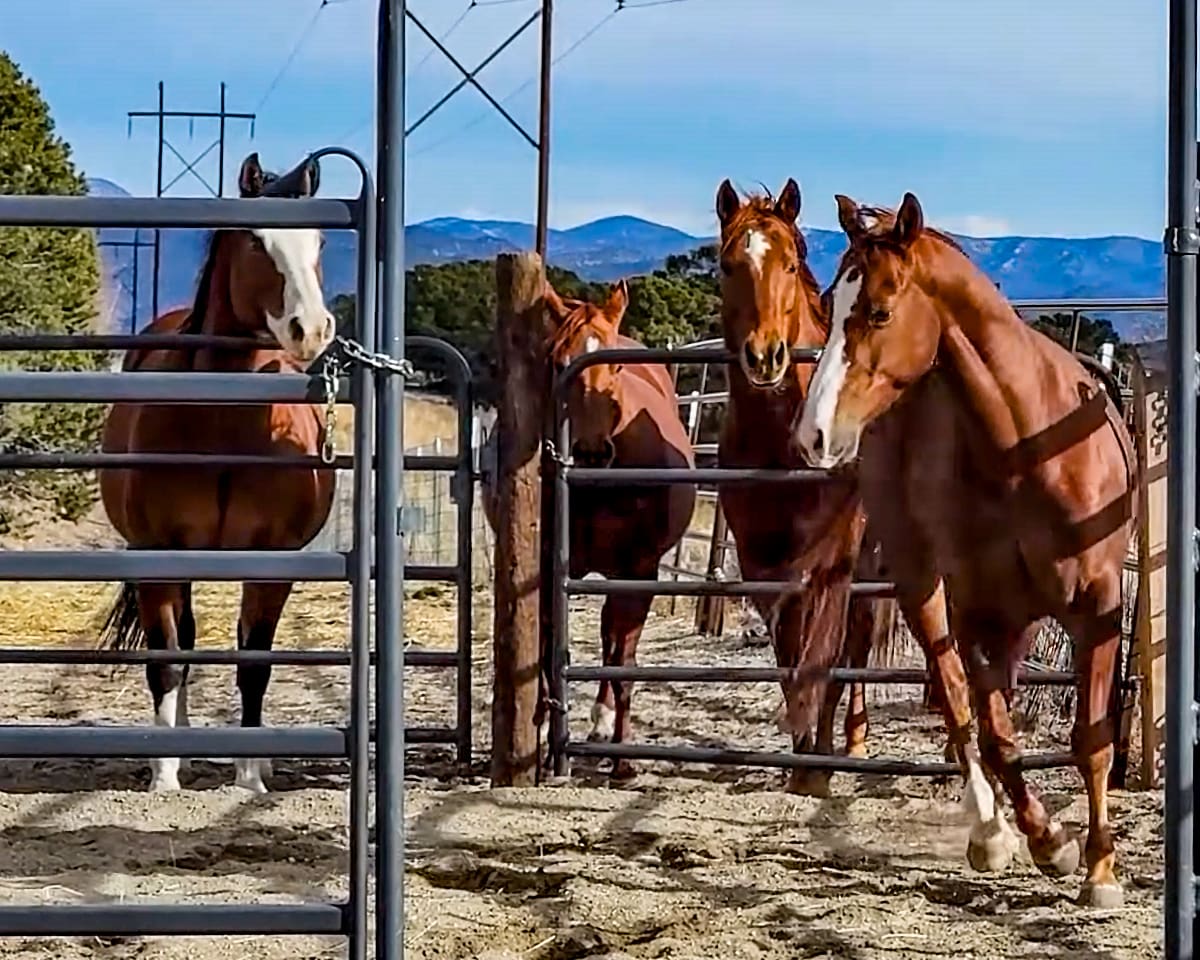by Juliet M. Getty Ph.D. | Jan 16, 2015 |
Soybean meal is the most commonly added protein source in horse feeds. However, increasing numbers of horse owners are shying away from feeding it, most commonly because of allergic reactions. Most soybeans grown in the U.S. have been genetically modified, which is a concern for many. Furthermore, it is difficult to ascertain from a feed label if the soy product has been heat-treated (necessary for inactivating trypsin inhibitor found in raw soybeans). Finally, soy contains significant levels of phytoestrogens, which may influence behavior, affect breeding, or interact with other hormones.
The good news about soybeans is their protein quality — it compares favorably to protein found in animal sources. But there are other good choices, the most promising of which is hemp seed.
Understanding protein quality
Proteins are long, complex chains of amino acids. Once protein is digested, the amino acids travel to tissues, where they are “reassembled” into proteins specific to that particular part of the body, assuming all of the building blocks (amino acids) are available. Your horse can synthesize some amino acids, but there are 10 that your horse cannot produce, or cannot produce in adequate quantity, and therefore, they must be in his diet (listed in Table 1). These are referred to as essential amino acids (EAAs).
Most feeds contain some protein, and therefore, some EAAs, but if any EAAs are present in low amounts, they limit the extent to which the others can be utilized, resulting in leftover amino acids. And, unfortunately, amino acids cannot be stored to be used later. Instead, they are dismantled by the liver, putting strain on the kidneys to remove urea, and contribute to excess calories and even glucose production.
Hemp seeds
A relatively new food to western cultures, hemp seeds have exceptional protein quality. Their two main proteins are albumin and edestin, both of which have significant amounts of all EAAs. The protein in hemp seeds is comparable to that in soybeans and, in many cases, exceeds the EAA content of the animal protein, whey (found in milk), as shown in Table 1.
Table 1: Essential Amino Acid (EAA) Comparison between Hemp seeds, Soybeans, and Whey (grams per 100g)1
EAA Hemp seeds Soybeans Whey
Methionine 0.58 0.53 0.23
Arginine 3.10 2.14 0.39
Threonine 0.88 1.35 1.02
Tryptophan 0.20 0.41 0.25
Histidine 0.71 0.76 0.29
Isoleucine 0.98 1.62 0.85
Leucine 1.72 2.58 1.40
Lysine 1.03 1.73 1.15
Valine 1.28 1.60 0.91
Phenylalanine 1.17 1.78 0.49
Hemp seeds rival soybeans as an ideal protein
What’s even more impressive, however, is the ratio of each EAA to the lysine level – a true measure of protein quality. With horses, quality is determined by comparing each EAA to lysine as it would exist in muscle2. Lysine is assigned a value of 100. The ideal values are shown in Table 2, which reveals how every EAA found in hemp seeds surpasses the ideal ratio beyond soybean’s ability.
Table 2: Ratios of EAAs to Lysine, Compared to Ideals3
EAA Hemp seeds Soybeans Ideal
Methionine 56 31 27
Arginine 301 124 76
Threonine 85 78 61
Tryptophan n/a n/a n/a
Histidine 69 44 58
Isoleucine 95 94 55
Leucine 167 149 107
Lysine 100 100 100
Valine 124 92 62
Phenylalanine 114 103 60
Hemp seeds are easy to find in stores that sell whole foods. Horses enjoy their palatable, nutty flavor. Adding ½ cup (providing 25 grams of protein) to your horse’s daily ration will boost the overall protein quality of his diet.
Hulled (shelled) hemp seeds can be expensive, however. A more economical option is to buy whole hempseeds and grind them yourself. To obtain the same level of protein, measure approximately twice the volume.
Bottom line
Domesticated horses cannot easily enjoy the variety of feedstuffs a natural setting provides. Even the healthiest grass pasture may not meet every nutrient requirement. Offering whole foods such as hemp seeds on a regular basis gives you another option for meeting your horse’s protein needs.
Juliet M. Getty, Ph.D. is an internationally respected, independent equine nutritionist who believes that optimizing horse health comes from understanding how the horse’s physiology and instincts determine the correct feeding and nutrition practices. She is available for private consultations and speaking engagements.
Dr. Getty’s comprehensive resource book, Feed Your Horse Like a Horse, is available at Dr. Getty’s website, www.GettyEquineNutrition.com, as well as from Amazon (www.Amazon.com) and other online book retailers. The seven separate volumes in Dr. Getty’s topic-centered “Spotlight on Equine Nutrition” series are also available at her website (where Dr. Getty offers special package pricing) and from Amazon (in print and Kindle versions) and from other online retailers. Dr. Getty’s books make ideal gifts for horse-loving friends.
Dr. Getty’s website, www.GettyEquineNutrition.com, offers a generous stock of free, useful information for the horseperson. Sign up for her free monthly newsletter, Forage for Thought; browse her library of reference articles; search her nutrition forum; and purchase recordings of her educational teleseminars. Reach Dr. Getty at gettyequinenutrition@gmail.com.
•Callaway, J.C. 2004. Hempseed as a nutritional resource: An overview. Euphytica, 140. Pages 65-72. Printed in the Netherlands.
1.National Research Council. 2007. Proteins and amino acids. Nutrient Requirements of Horses, Sixth Revised Edition. Washington, D.C.: The National Academies Press. Pages 64-65.
2.Hemp seed and soybean values were calculated by dividing each EAA level by its lysine level (1.03 for Hemp seeds; 1.73 for Soybeans; shown in Table 1)




No comment yet, add your voice below!